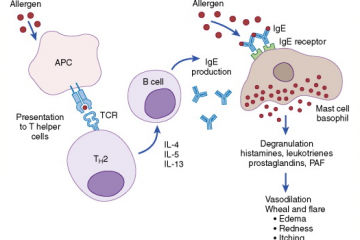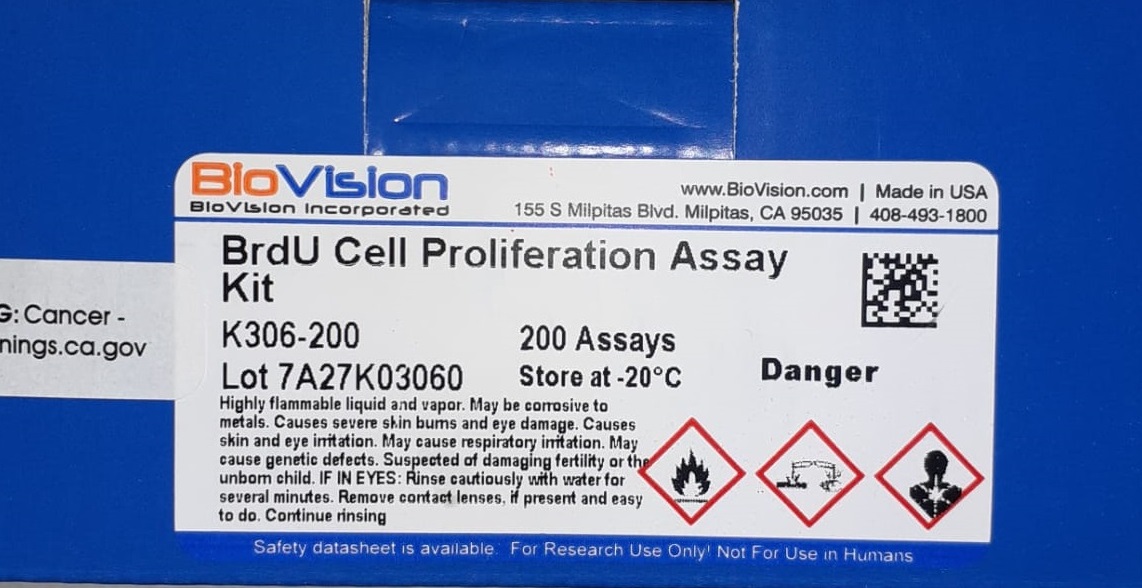Introduction
Activation of B cells requires two signals. Depending on the nature of the antigen, the activation of B cells proceeds by two different routes, one dependent on helper T cells (TH cells) and the other not. In the case of T-cells dependent antigen, the interaction between CD40 on B cells and CD40 ligand on T cells gives a second signal, but in T-independent antigen, cross-linking of membrane-bound immunoglobulin with the polymeric carbohydrate gives the necessary signal.
The B cell response to thymus-dependent (TD) antigens requires direct contact with TH cells, not simply exposure to TH-derived cytokines. Antigens that can activate B cells in the absence of this type of direct TH cell involvement are known as thymus-independent (TI) antigens. TI antigens are divided into types 1 and 2, and activate B cells by different mechanisms, whereas polymeric proteins, eg, bacterial flagellin, act as thymus-independent type 2 (TI-2) antigens.
T-dependent antigen (Td-Ag)
The humoral response to protein and most other antigens requires the interaction of B cells with helper T cells. These are either thymus-dependent or simply T-dependent (TD) responses. Activation of B cells by T-dependent antigens requires contact-dependent help provided by the interaction between CD40 on B cells and CD40L on activated TH cells.

Major steps during B cell activation by a thymus-dependent antigen:
- Soluble protein antigens that bind to membrane-bound immunoglobulin on the B cell surface are internalized, processed, and displayed as peptide-MHC-II complexes.
- The TH cell recognizes the MHC-class II antigen complex on the B cell surface through TCR. It also interacts with the costimulatory molecule B7 through CD28. These interactions activate TH cells. Activated TH cells produce various cytokines.
- The TH cell begins to express CD40L and interacts with CD40 on the B cell. The interaction between CD40 and CD40L provides a second signal to activate B cells.
- B cells begin to express receptors for various cytokines and bind to cytokines released by TH cells. Which activates B cells and differentiates them into plasma cells.
- The activated B cell proliferates clonally to produce a population of plasma cells and memory cells, which recognize the same antigen.
This CD40/CD40L interaction is essential for B cell survival, germinal centre formation, generation of memory cell populations, and somatic hypermutation (for affinity maturation).


